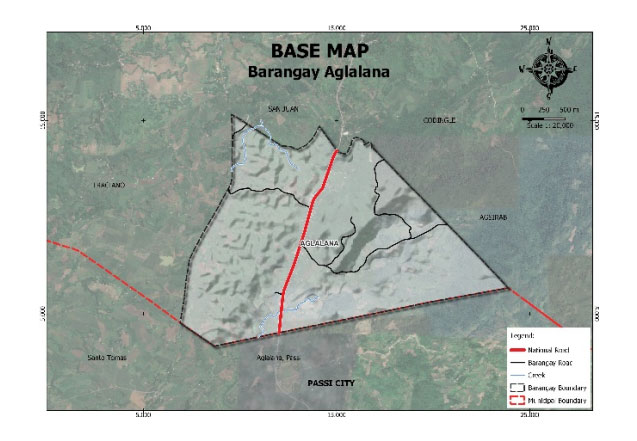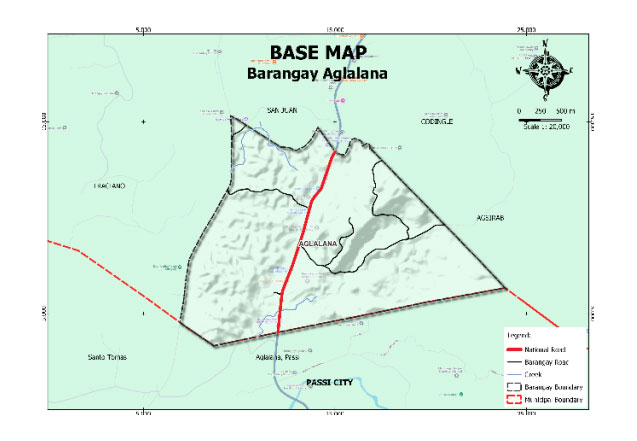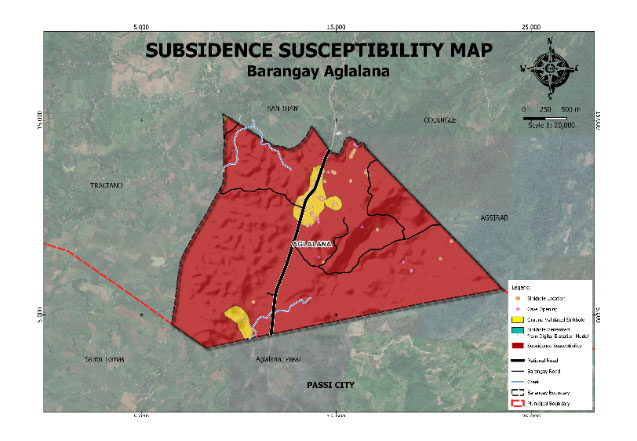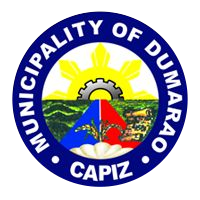Barangay Aglalana
 During the Spanish colonial period, there was once a fairy named Agatha who showed herself to a Spanish soldier. The fairy was sitting under a coconut tree making coconut oil. The Spanish soldiers pass by and ask the fairy the name of the place.
During the Spanish colonial period, there was once a fairy named Agatha who showed herself to a Spanish soldier. The fairy was sitting under a coconut tree making coconut oil. The Spanish soldiers pass by and ask the fairy the name of the place.
With the language barrier, the fairy assumed that what was asked was what she was doing, and she replied “lana”. Again, the soldier asked, what she was doing, and she replied her name “Agatha.”
The Spanish soldier fell in love with Agatha. After 10 long years, he returned to the place to ask Agatha’s hand – to be his wife. He religiously searched the area where he first found Agatha but could not find her.
He saw a man herding a carabao and asked if he knew a beautiful, white, long-haired woman like a fairy. The herder asked for the name of the woman he was looking for, but the soldier could only remember “Aglana.” The herder said that he knows no one with the name “Aglana” in the barangay. The soldier was saddened knowing that he could not find the woman he wanted to marry.
From then on, the Spaniards referred to their place “Aglana,” which later became “Aglalana” from the name of the fairy “Agatha” and the “lana” she was making.
Aglalana is one of the lowland barangay in the municipality of Dumarao, province of Capiz. Its population as determined by the 2020 Census was 1,677. This represented 3.39% of the total population of Dumarao.
The barangay has an agricultural area of 134.45 hectares, 22.20% of its total land area. The barangay’s agricultural lands produce rice, corn, and sugarcane. The residents’ agricultural diversification activities include livestock and backyard native chicken farming.


Geo- physical Hazards
Aglalana is exposed to 2 types of Hazards: rain-induced landslides with 3 susceptibility levels: high, moderate, and low, and KARST Subsidence.
An area of 163.12 hectares or 26.94% of the total land area has high susceptibility. Moderately susceptible have an area of 114.25 hectares or 18.87%, while 328.17 hectares or 54.19% have low-level susceptibility.
High subsidence susceptibility covers the entire barangay.


Demographics
Household
The household population of Aglalana in the 2020 Census was 1,677 broken down into 371 households or an average of 4.52 members per household.
Population by age group
According to the 2020 Census, the age group with the highest population in Aglalana is 0 to 4, with 200 individuals. Furthermore, the age group with the lowest population is 80 and over, with 18 individuals.
Combining age groups, those aged 14 and below, consisting of the young dependent population which includes infants/babies, children, and young adolescents/teenagers, make up an aggregate of 34.59% (580). Those aged 15 up to 64, the economically active population and actual or potential workforce members, constitute a total of 58.74% (985). Finally, the old dependent population consists of senior citizens, those aged 65 and over, a total of 2.27% (18).
Historical population
The population of Aglalana grew from 700 in 1990 to 1,677 in 2020, an increase of 977 people over the course of 30 years. The latest census figures in 2020 denote a positive growth rate of 6.96%, or an increase of 459 people, from the previous population of 1,218 in 2015.
Adjacent barangays
Aglalana shares a common border with the following barangay(s):
- Aglalana, Passi, Iloilo
- Santo Tomas, Passi, Iloilo
- Traciano, Dumarao, Capiz
- San Juan, Dumarao, Capiz
- Nueva Union, Passi, Iloilo
- Gsirab, Dumarao, Capiz

